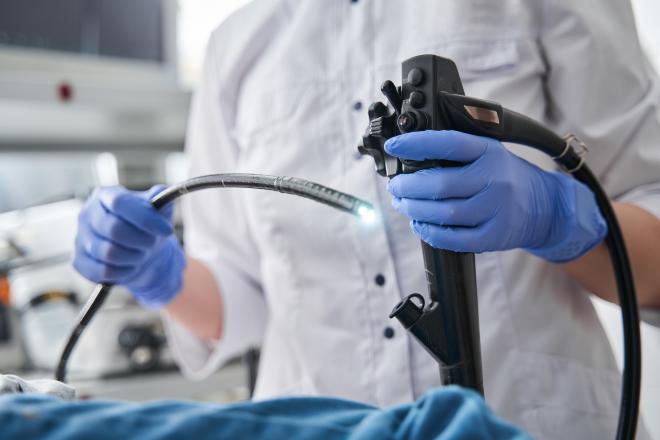Endoscopy CMOS image Sensor

Table of Contents
CMOS Sensor for Endoscopy Applications #
Overview #
This project involved developing the digital blocks of a CMOS sensor designed for endoscopic applications. The pipeline included pixels acquisition from ADCs, data path processing with minor filtering, and streaming the processed data to an analog output interface. The project also required designing key control blocks, such as the sequencer and timing generator, for proper integration with analog components.
Key Features and Achievements #
- Pipeline Development:
- Designed the digital pipeline for data acquisition from ADCs, including a data path with minor filtering and streaming to an analog output interface.
- Control and Sequencing:
- Developed the sequencer and timing generator required to synchronize and control the sensor’s analog blocks.
- Register Interface Management:
- Implemented the register interface for configuration and control.
- Distributed registers and clocks to ensure efficient operation of digital blocks located in various parts of the ASIC.
- RTL Development and Verification:
- Designed all digital components in VHDL, focusing on functionality, efficiency, and modularity.
- Physical Design Support:
- Wrote detailed timing constraints to guide synthesis and ensure timing closure.
- Performed partial backend runs using Cadence tools to verify synthesis and resolve timing issues.
Technical Details #
- Pipeline Features:
- Data acquisition from ADCs, incorporating essential data path filtering for noise reduction.
- Analog output streaming for seamless integration with external analog interfaces.
- Control Logic:
- Developed a sequencer to orchestrate the operation of digital and analog blocks.
- Created a timing generator to provide precise timing signals for the system’s analog components.
- Clock and Register Management:
- Designed the distribution of clock signals and registers across the chip, optimizing for performance and power.
- Implementation Details:
- RTL coding in VHDL for all digital blocks.
- Developed and applied timing constraints to achieve timing closure.
- Conducted backend synthesis and verification using Cadence Genus for synthesis, Cadence Xcelium for simulation, Cadence Innovus for physical design, and Cadence Tempus for timing analysis.
Challenges and Solutions #
- Timing Closure: Addressed timing challenges by iterating on synthesis runs and refining timing constraints using Tempus to meet strict performance requirements.
- Clock Distribution: Ensured robust clock signal distribution across the ASIC to maintain synchronization of digital blocks.
- Integration with Analog Components: Designed a sequencer and timing generator to precisely control analog functions, ensuring seamless operation of the mixed-signal system.
- Tool Utilization: Leveraged the Cadence toolchain for comprehensive design, verification, and timing closure workflows.
Outcome #
The project successfully delivered all required digital blocks for the CMOS sensor, enabling reliable and precise operation in endoscopic applications. By ensuring robust timing closure, efficient clock distribution, and seamless integration with analog components, the design met stringent medical application requirements. The RTL implementation in VHDL, supported by rigorous backend synthesis and physical verification through Cadence tools, resulted in a high-performance and reliable ASIC.